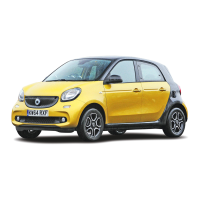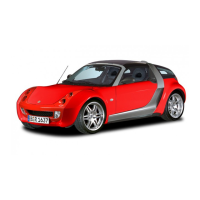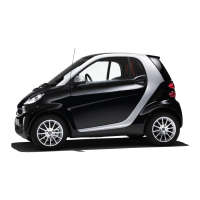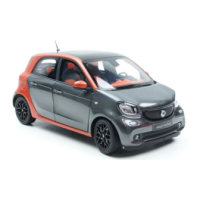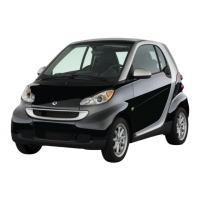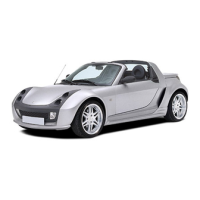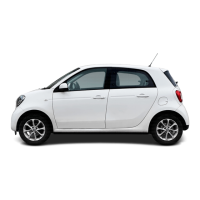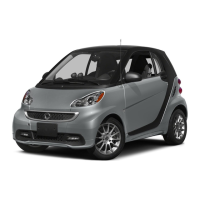WARNING Risk of injury due to ob-
jects being stowed inappropriately
There is a risk of objects slipping or
being flung around and hitting vehicle
occupants in the event of emergency
braking or a sudden change of direction
if they are not stowed inside the vehicle
appropriately. For examples, cup hold-
ers, open stowage spaces and mobile
phone brackets cannot always retain all
the objects they contain in the event of
an accident.
► Always stow objects in such a way
that they cannot be flung around in
these or similar situations.
► Always make sure that objects do
not protrude from stowage spaces,
luggage nets or stowage nets.
► Close all lockable stowage spaces
before starting a journey.
► Always stow and secure heavy, hard,
pointed, sharp-edged or fragile ob-
jects or objects that are too large in
the boot.
The handling performance of a laden ve-
hicle depends on the distribution of the
load within the vehicle. Observe the fol-
lowing guidelines when loading and
transporting:
● Do not surpass the gross vehicle weight
rating.
For the related information, refer to (→
Page 195).
● The load must not protrude above the
upper edge of the seat backrest.
● When stowing objects in the boot, in-
stall a luggage net (boot separator or
screen).
● Secure the objects and distribute the
load evenly with boot luggage retaining
buckles (if equipped).
Interior stowage spaces
Overview of front stowage space
Door stowage area.
Stowage area with charging port.
Glove box.
Centre console stowage box (front).
Stowage area below the centre console.
Centre console armrest stowage area.
NOTE
The glove box hook can hold loads up to
2 kilograms. Do not hang overweighted
objects on it or use it to secure cargo.
Opening the glasses box in the centre of
the headliner
Press in the direction of the arrow to
open the glasses box in the centre of the
headliner.
Expanding the second row seat armrest
Seats and stowage 67

